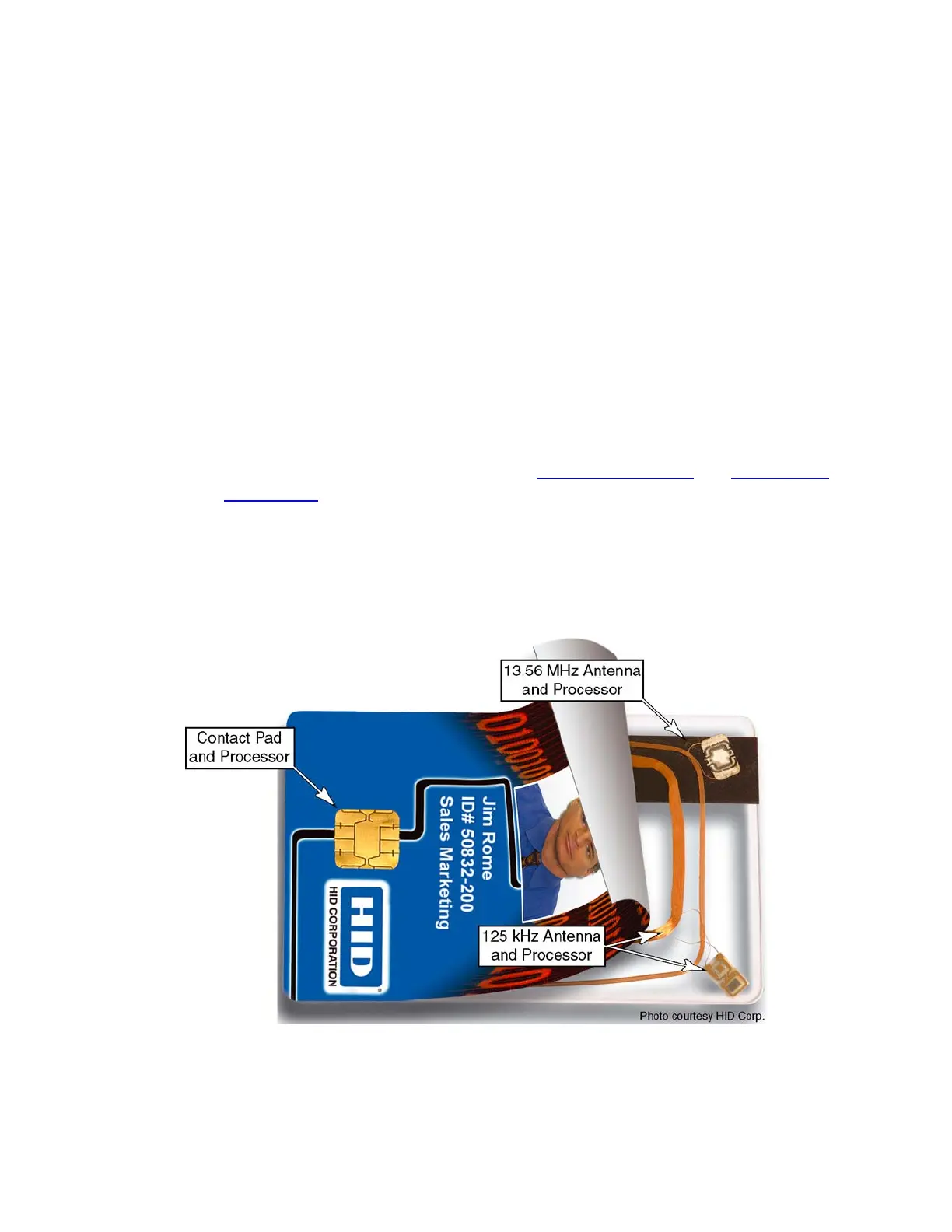CP60 and CP60 Plus Service Manual 2-29
Smart Card Technology
The information presented in the following section is not required for servicing
the CP60 and CP60 Plus printers but is presented to augment the customer
engineer’s training and knowledge base.
The underlying concept of smart cards is fairly simple: A chip is embedded
inside a plastic card—the chip may be microprocessor based, or a simple
memory device. The capabilities of a smart card, however, are a little more
complex. They can be as simple as a means of identification, or as complex as a
financial database.
Although it is not a mandated parameter (and some overlap may exist), all
smart cards have a unique identifier which identifies the card type, the
manufacturer, and the specific card. Most card manufacturers present this
unique identifier as part of the “answer to reset” which is discussed below.
Even if the card protocol permits it, this identifier should not be altered.
There are two basic types of smart cards;
Contact Smart Cards and Non-Contact
Smart Cards
(or a combination of both types, as shown in the graphic below).
Contact smart cards connect to the external interface via a set of eight electrical
contact points. Non-contact smart cards interact with the external interface
through a principle called inductive coupling. There are many variations on the
basics of smart cards, including proprietary designs. The discussion below will
be limited to discussing smart card architecture as defined under ISO/IEC 7816
(1-10) and ISO/IEC 14443 (1-4).
About This Graphic
The photograph above is an actual transparent card with magnetic stripe, a
contact-type processor, a 125 kHz non-contact type processor, and a 13.56 MHz
non-contact type processor. This graphic (without annotations) was provided by
